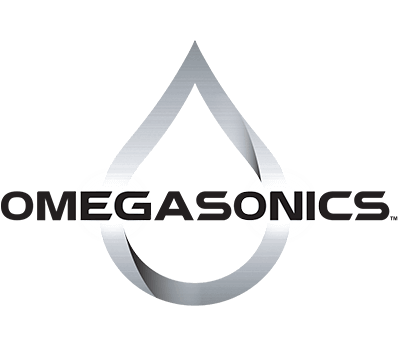Once a year, it’s time to pull your snowmobile out of storage. Like it or not, it’s been sitting under a tarp in your garage or storage shed. Old gasoline and oil have gunked up the fuel lines and coated the carburetor for months. Before you take your snowmobile out on the trails, you need to make sure it’s safe to run. Checkup and maintenance are called for.
Engine Cleaning
Before running your snowmobile the first time, check over the following systems to make sure everything works the way it should:
- Steering–rotate the steering yoke back and forth. Make sure it moves the front ski assembly the way it should.
- Lights–check all the running lights and headlight (assuming the battery is working) to make sure no bulbs need replacement.
- Throttle–turn on the snowmobile and rev the throttle. Listen to the engine sound for any abnormalities. Look for continuous black smoke coming out of the exhaust. It should rev smoothly without a lot of engine rattling, though you may hear some of this at first.
- Tracks–the rear snowmobile tracks should be tight with little to no play. Check to make sure none are broken or cracked.
- Tighten All Bolts and Nuts–go over the entire snowmobile with a socket wrench, making sure all bolts and nuts are tight.
- Check the battery charge–you can use a voltmeter designed for batteries to check the charge amount, and some parts shops will do this for you free of charge. This should be done every season without fail.
- Check the drive belt–open up the engine cover and check the drive belt inside. Is it smooth and shiny and worn? Is it cracked? Is it loose? The former two are signs it may need to be replaced. The latter may only need an adjustment.
- Brakes–run the snowmobile out a short distance and test the brakes. Do they stop and hold immediately? Is there any grinding noise or shuddering coming from them?
Repairing and Replacing Parts
Don’t hesitate to repair or even replace parts that need it. A well-maintained snowmobile is a safe winter transport. If you do the work yourself, and have the capability, you can save a lot of money. Remember: The Internet has many websites dedicated to DIY snowmobile repair and YouTube is often your friend when it comes to specific instructions on repair.
Cleaning the Carburetor and Fuel System with an Ultrasonic Cleaner
Finally, it’s time to take a look at the parts most usually affected by long disuse: the carburetor and fuel system. Over time and with much engine usage, fuel deposits build up inside the carburetor and old engine oil and moisture can foul up the fuel injectors. A filthy carburetor and fuel injectors may cause both power and emission problems, resulting in poor engine performance. Although manual brushing or spraying using a carb cleaner can clean the reachable surface of a carburetor, both lack the ability to thoroughly and effectively clean every possible surface of the carburetor.
Ultrasonic cleaning, on the other hand, offers an unmatched cleaning experience for carburetors and fuel injectors. Once the engine parts are immersed in the solution bath and the ultrasonic cleaning device is turned on, ultrasonic waves pulse through the liquid. These waves create millions of cavitating microbubbles that direct jets of intense energy against the object’s surface when they collapse. Even the toughest grime is thereby scrubbed off the carburetor and fuel injector’s tiniest nooks and crannies. These ultrasonic bubbles polish the surface leaving automotive parts thoroughly cleaned and residue-free, from the inside out. Not only that, but if you change solutions and use a lubrication solution designed for engine parts, you can use the same cavitating action to coat them with a thin layer of engine lube, protecting them from rust and wear.
Want to know more about how ultrasonic cleaning can make snowmobile engine cleaning easier and more effective? Contact our experts at Omegasonics and find out more at 888-989-5560 or email us at
